TransAnatolie
TA06MA1
Cultural Daily Ankara Exploration Tour
For Pricing Click Here or
Contac Us
Discover Ankara
and Explore Top Museums in Ankara
 Ancient
Ankara -- Angora --
Hittite Akuwash Ancient
Ankara -- Angora --
Hittite Akuwash
The city of Ankara lies in the center of Anatolia on the eastern edge of the
Anatolian Plateau at an altitude of 850 meters. It is the center of the province
of the same name which is a predominantly fertile wheat steppeland with forested
areas in its northeast region ...
The history of the region goes back to the third millennium of the Bronze Age --
the indigenous population were called
the Hattians. Akuwash -- the Hittite name
for the city -- was established circa 3000 years ago at the intersection of 2
trade routes ...
After the decline of the
Hittite Empire in the
second millennium BC the (1)Phrygians -- (2)Lydians
-- (3)Persians -- (4)Alexander
the Great (333 BC) -- (5)Galatians arrived in succession. The city
subsequently fell to the Romans
After lunch, our guide will
lead us to the
Anatolian
Civilizations Museum; prize-winning museum of the best Worldwide Museums in
1995. This visit will be preceded by a tutorial on the Anatolian civilisations.
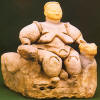 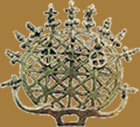 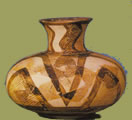 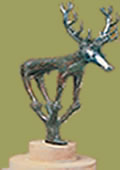
With historical buildings and solid origin, The Museum of Anatolian
Civilizations in Ankara (Anadolu Medeniyetleri Müzesi) got the first
place among the 68 museums and was awarded the title of Museum of
the Year" in Lausanne, Switzerland on 19 April 1997.
The Anatolian Civilizations Museum (Museum of Ancient Anatolian
Civilizations) with its original collections is considered to be one
of the top Museums in the world today. Anatolian archaeological
creations are exhibited in a chronological order starting from the
Palaeolithic Age up to the present time.
 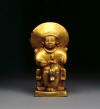
We
then visit the ancient
Ankara, the citadel-giving the opportunity to have a helicopter-view of the
capital, the Konak
Boyacizade, the Zenger Pacha
Ethnografical Museum and the
famous old Spice
Bazaar of Ankara.
 The Ethnography Museum is the
museum where Turkish art from Seljuki to present time is exhibited. The Ethnography Museum is the
museum where Turkish art from Seljuki to present time is exhibited.
Public clothes, jewellery, shoes, slippers samples collected from
various regions of Anatolia, woman and man socks from Sivas region,
various bowls, laces, scarves. Belts, handkerchiefs, bed sheets,
bride costumes, bridegroom shaving sets, old traditional Turkish art
are exhibited.
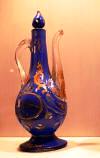
Technical material and designs unique to Turks and carpets, weaving
benches from Uşak, Gördes, Bergama, Kula, Milas, Ladik, Karaman,
Niğde, Kırşehir regions are exhibited. Among fine art samples of
Anatolian Mine arts there are Memluk boilers from 15th century,
Ottoman sweet boilers, hand washing jugs, trays, coffee trays, meal
tables, cups, candle scissors etc. are exhibited.
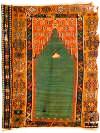
Arrows, bows, lighting pistols, rifles, sword and other things from
Ottoman Period, Turkish pottery and porcelain and Kütahya
porcelains, religious and sect properties, Turkish inscriptions are
exhibited with the nice samples.

Seljuki Sultan Keyhüsrev III's throne a finest sample of Turkish
wooden works (XIIIth century), Ahi Şerafettin Sandukası (XIVth
century), Nevşehir Ürgüp Damsa Village Taşhur Pasha Mosque nish (XIIth
century), Siirt Ulu Mosque Nish (XIIth century), Merzifon Çelebi
Sultan Medrese Gate (XVth century) are some of the important arts of
the Museum.
Subsequently, we
visit and explore The Mausoleum of Atatürk and The Ataturk Museum. Here, one finds his pictures and other exhibitions recalling the
key events of Ataturk's life and the evolution of the Turkish Republic.
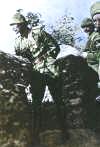
The Museum of the 1st World
War- the Dardanelles- in the Mausoleum, the symbol of the
rebirth of the Laic Republic of Turkey is also explored.

-
TransAnatolie Tour
-
Multilingual Cultural
Tour Provider and Operator
Top |
Further
Information |
For Pricing Click Here or
Contac Us
Reservation
Related Links
2008 Registrations for
TransAnatolie Tours have began...
|